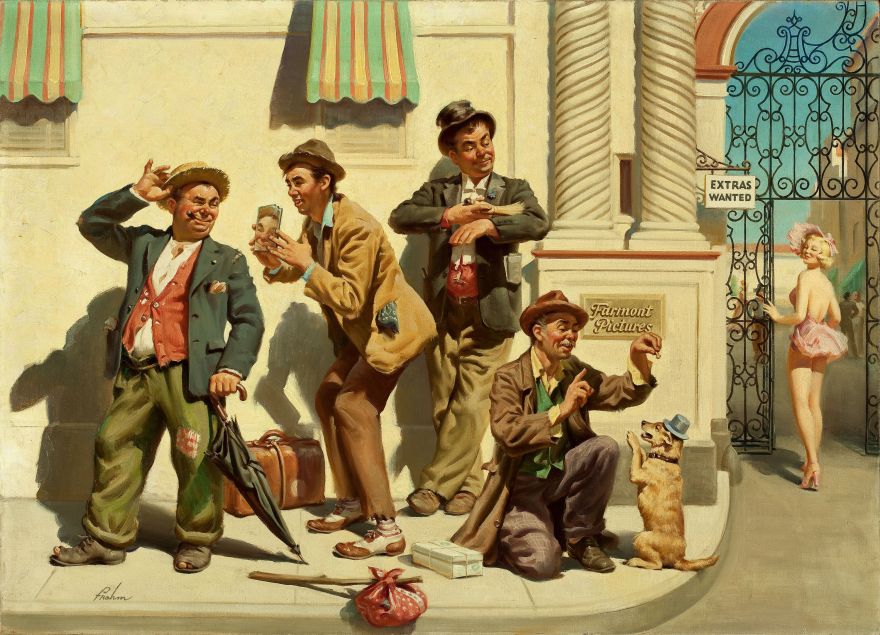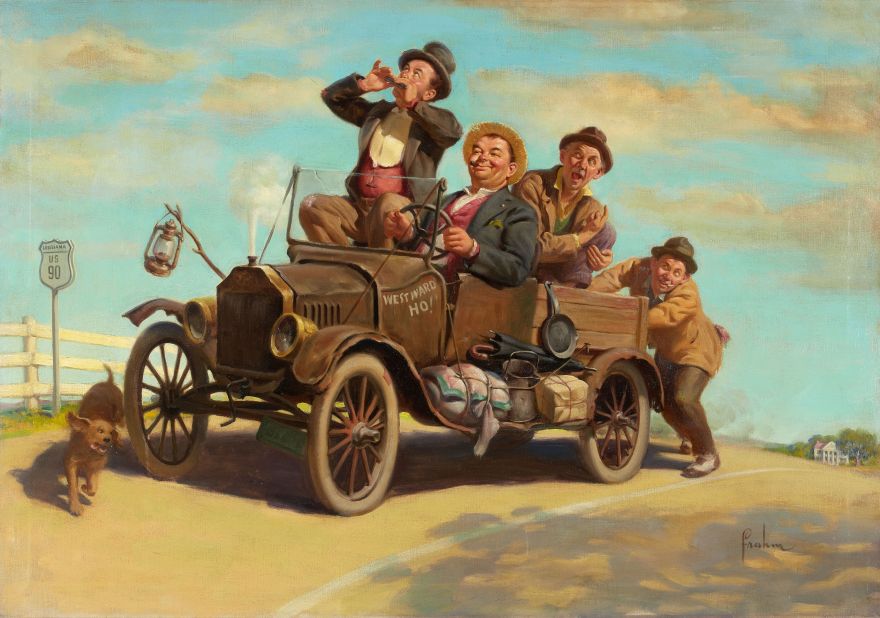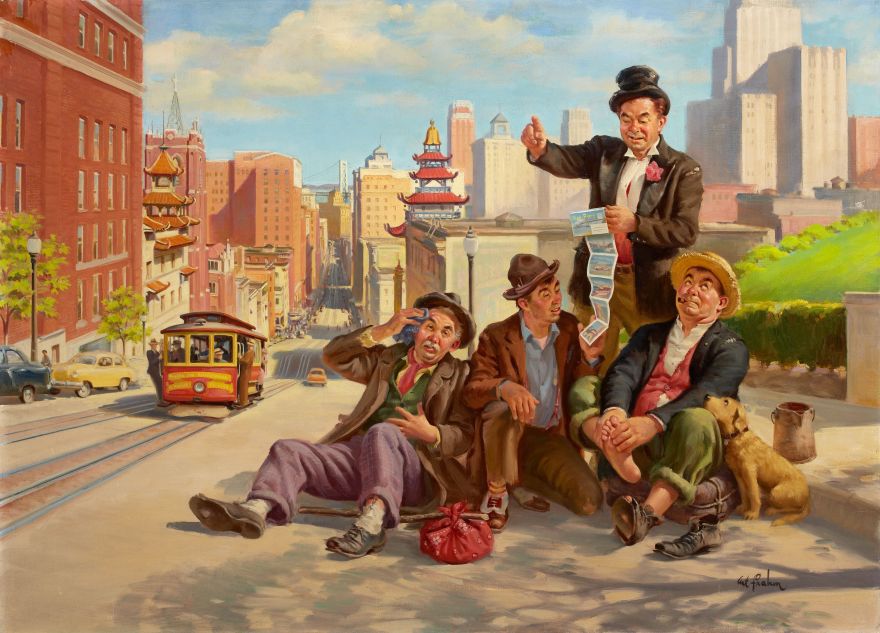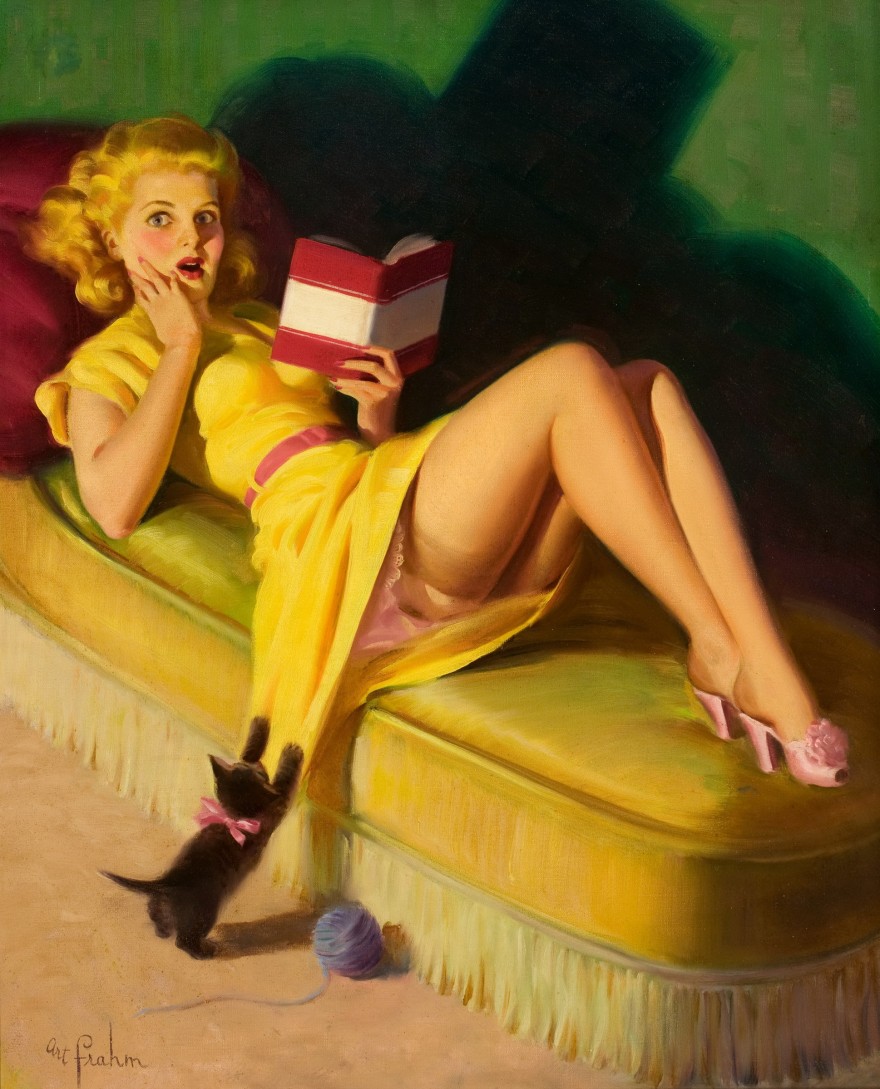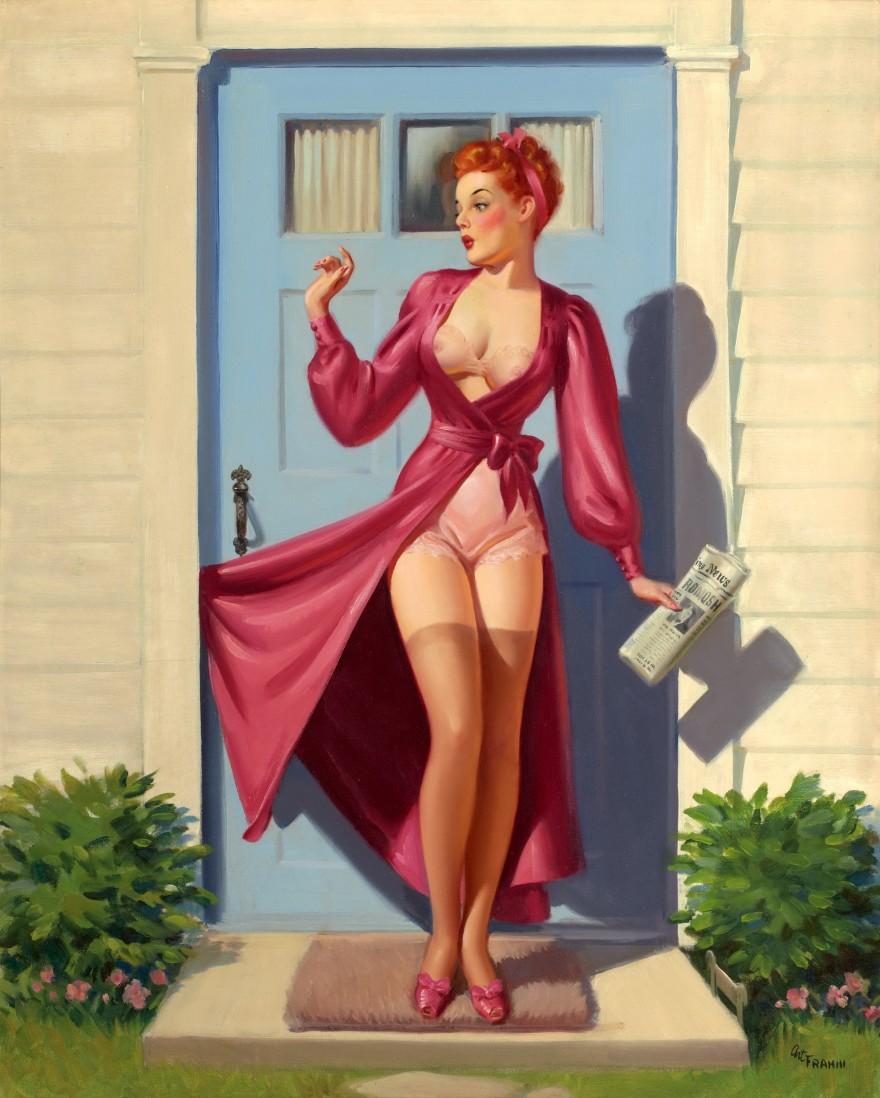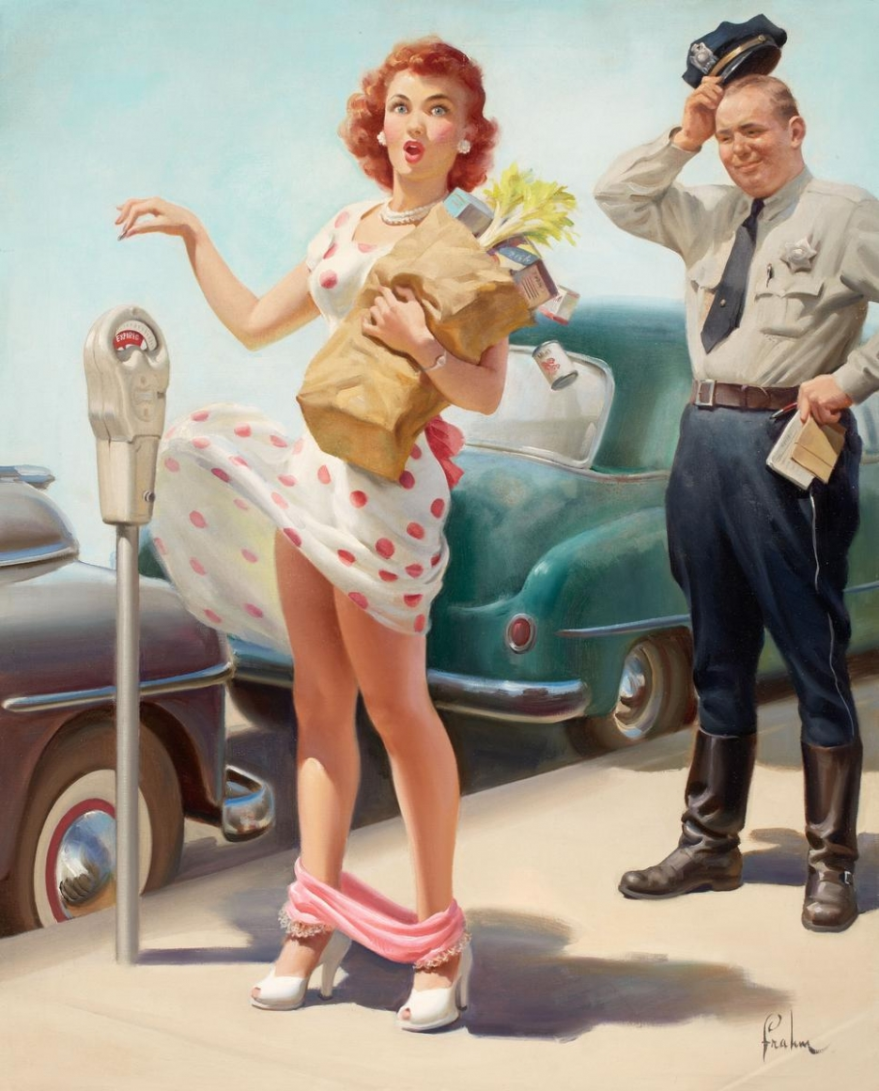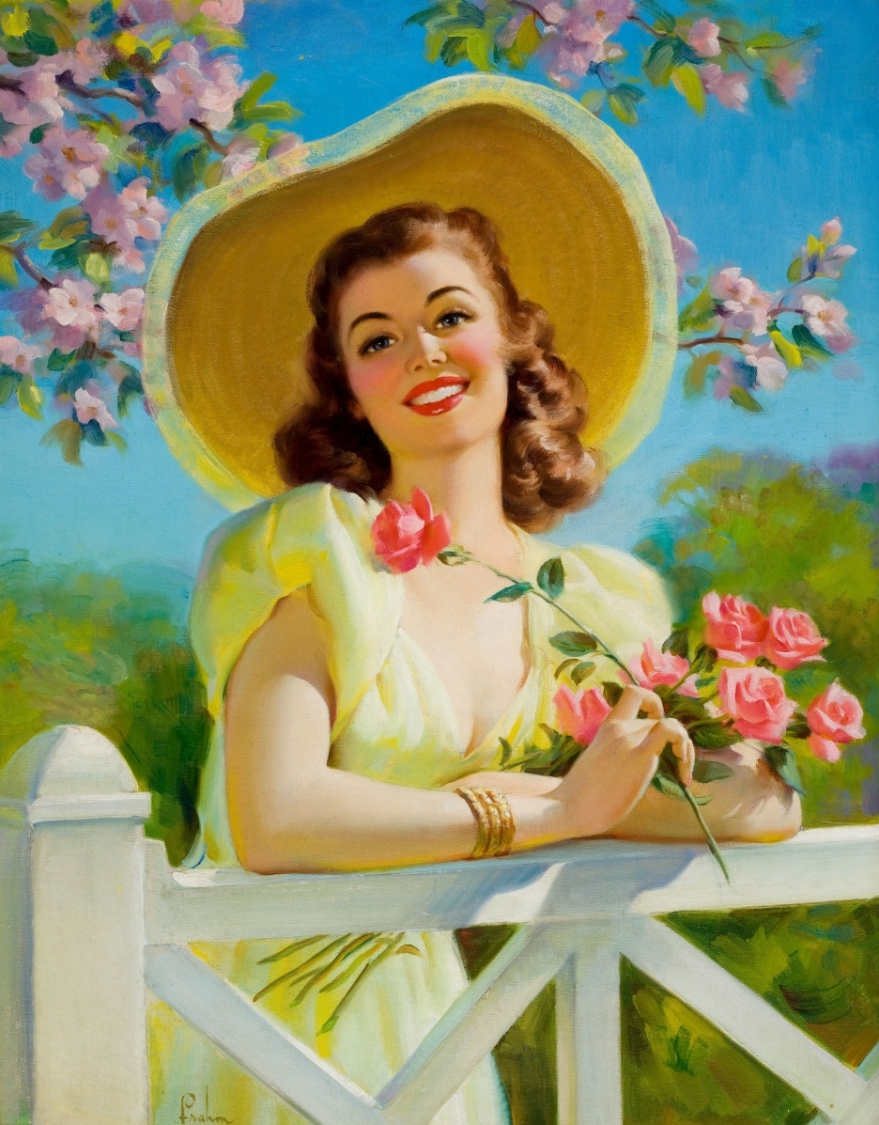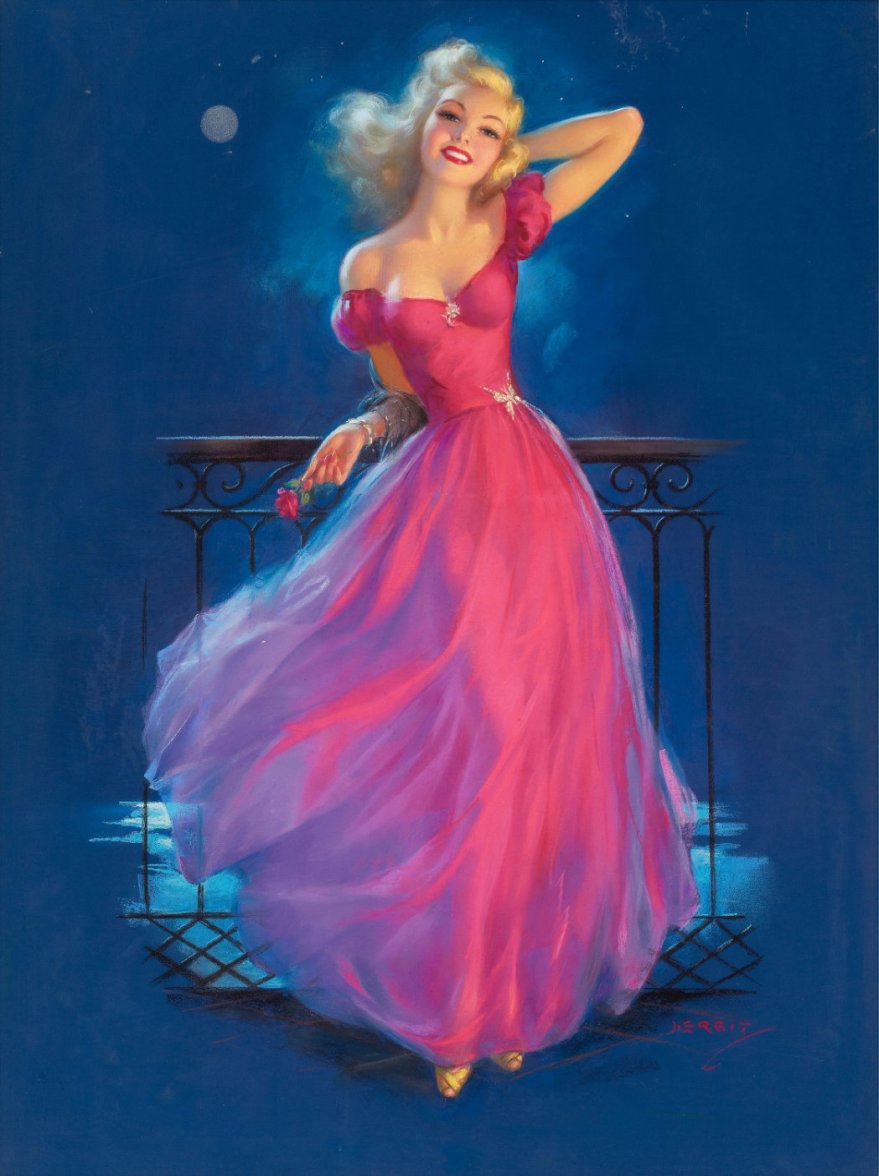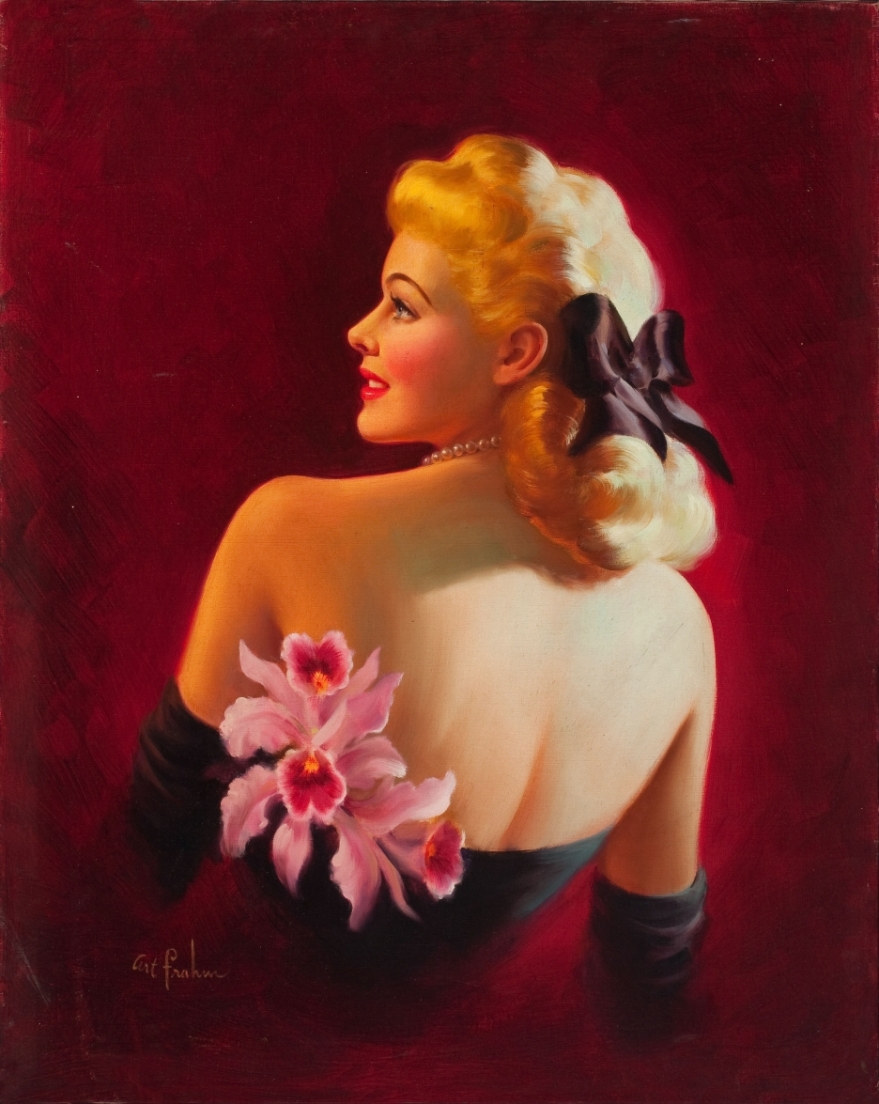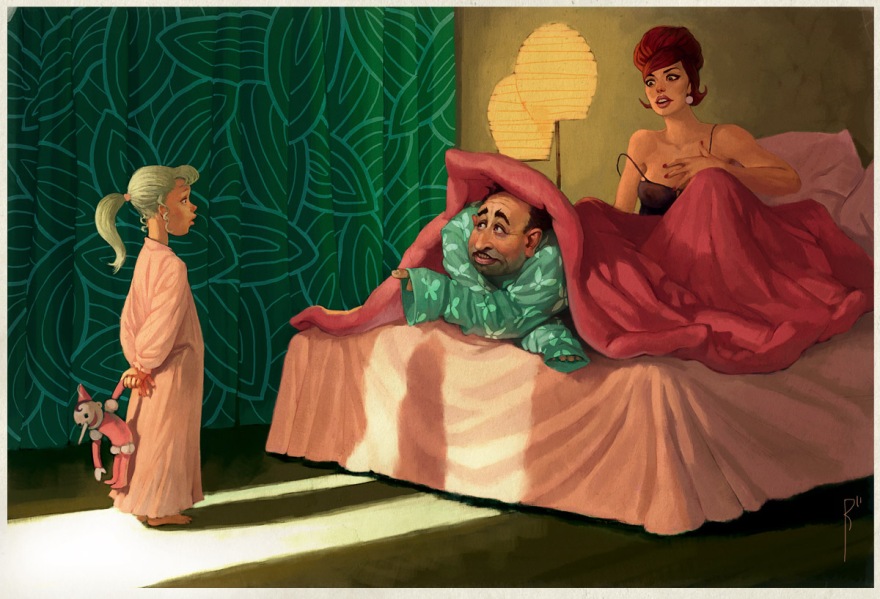
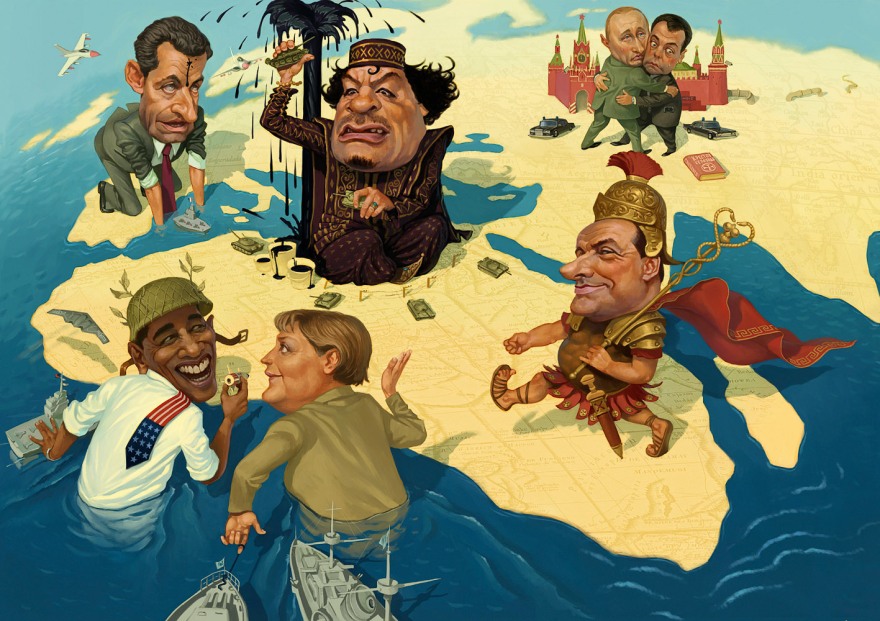
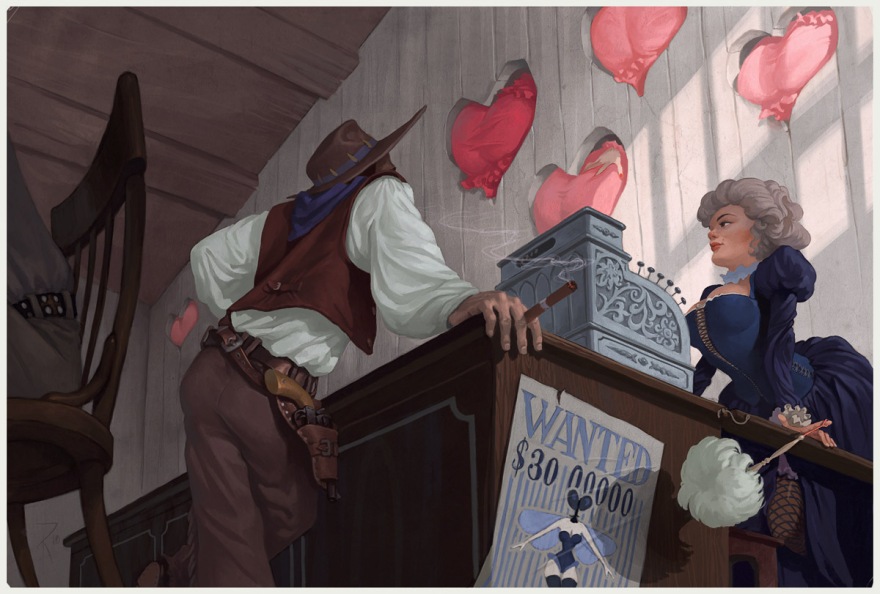
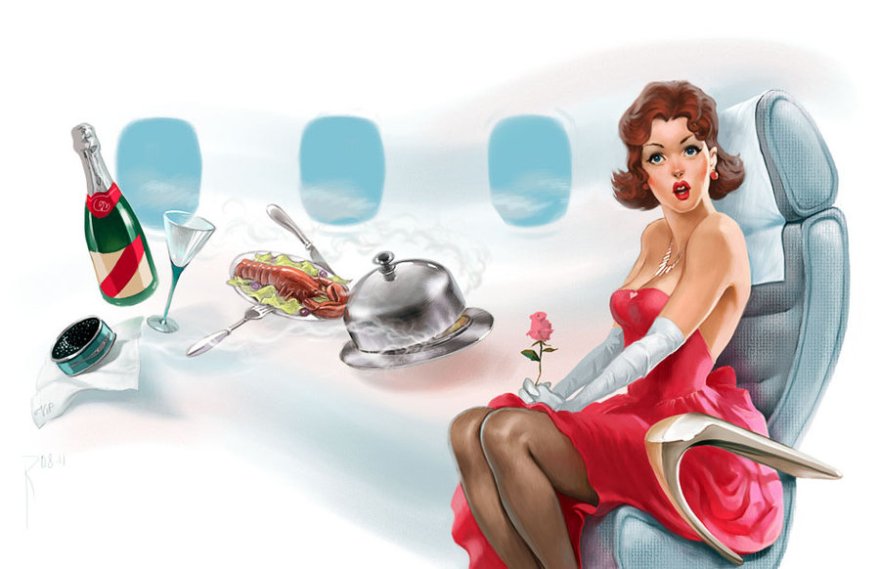
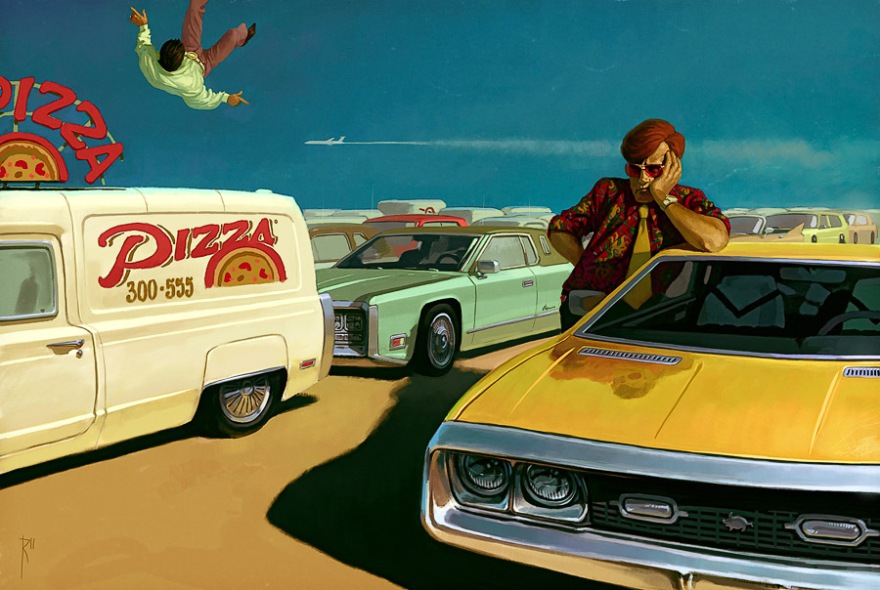
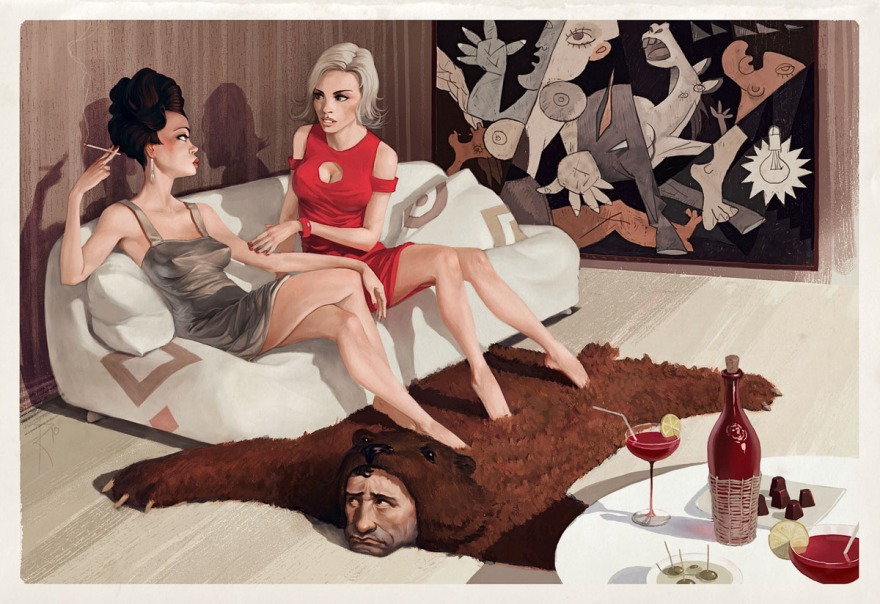
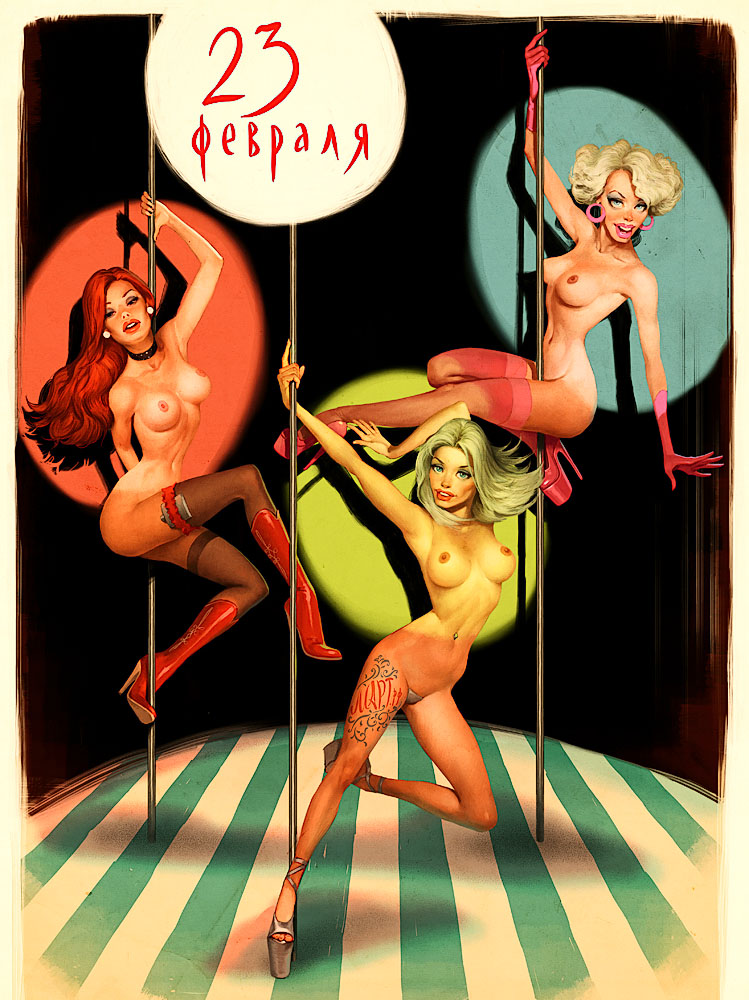
Tag: pin up
Robert Mcginnis
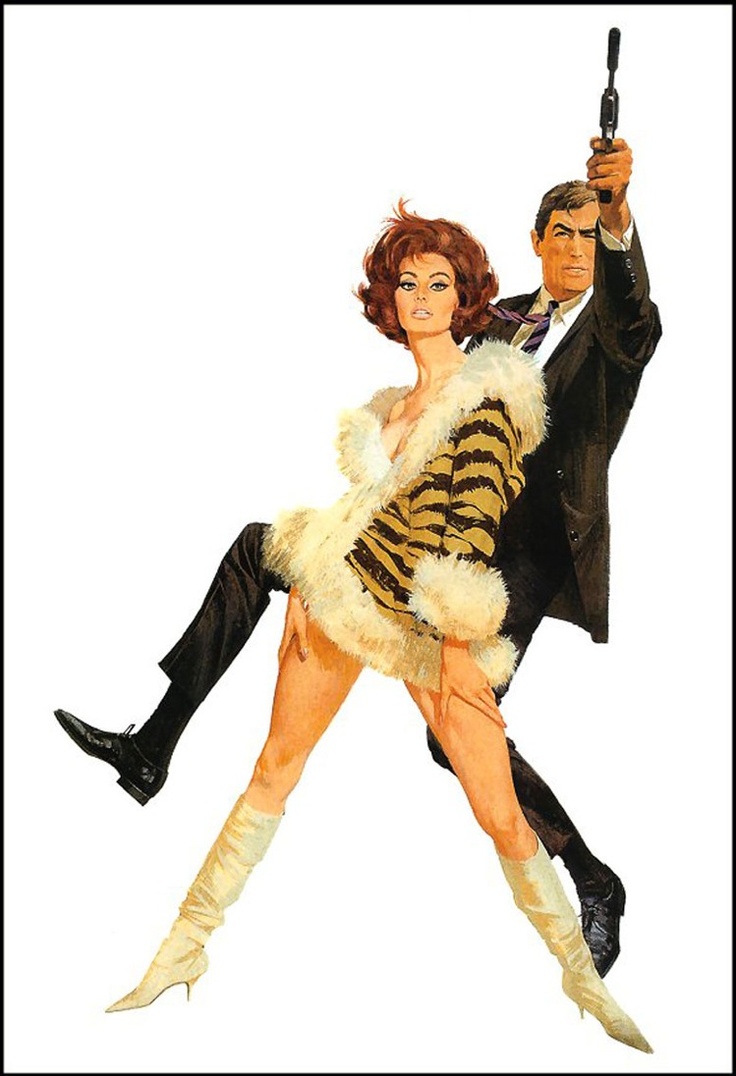
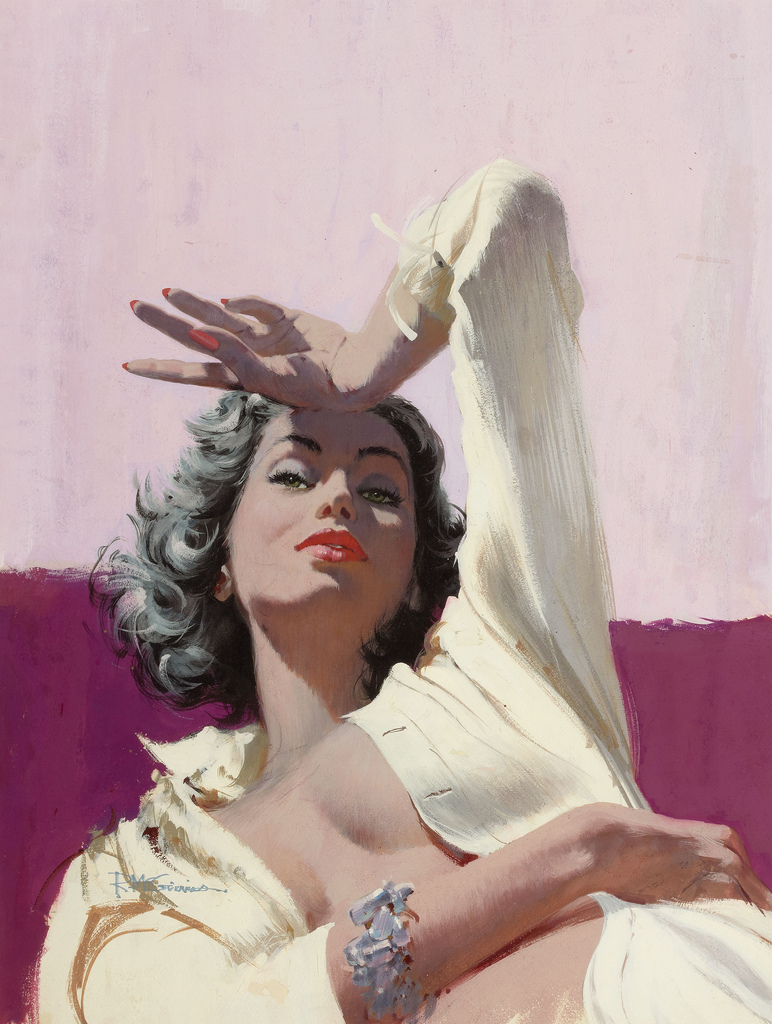
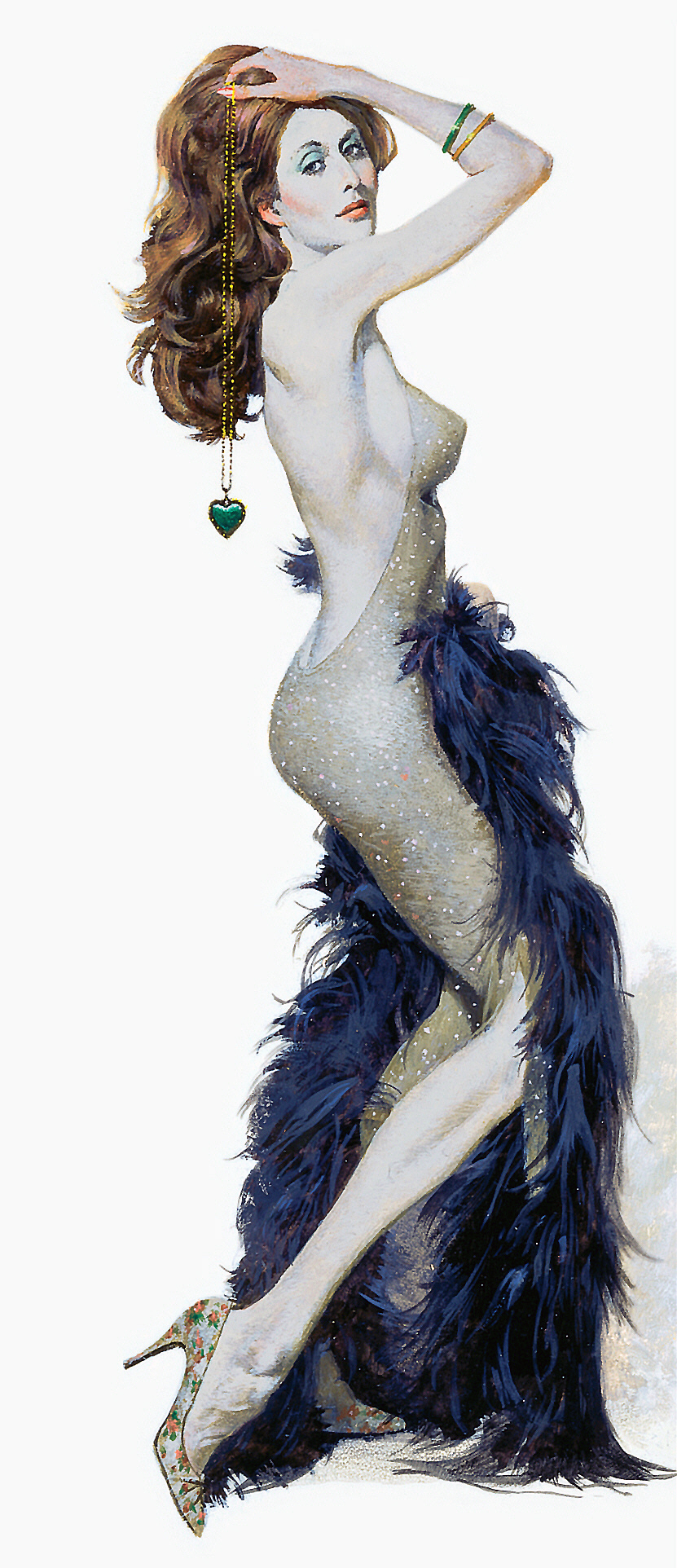
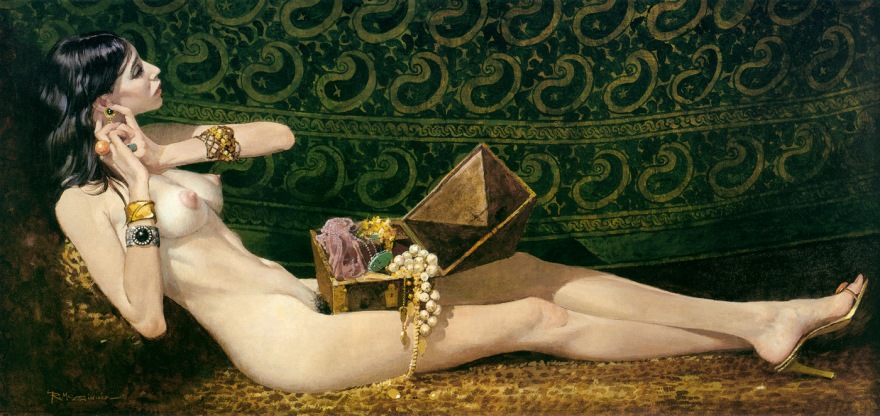
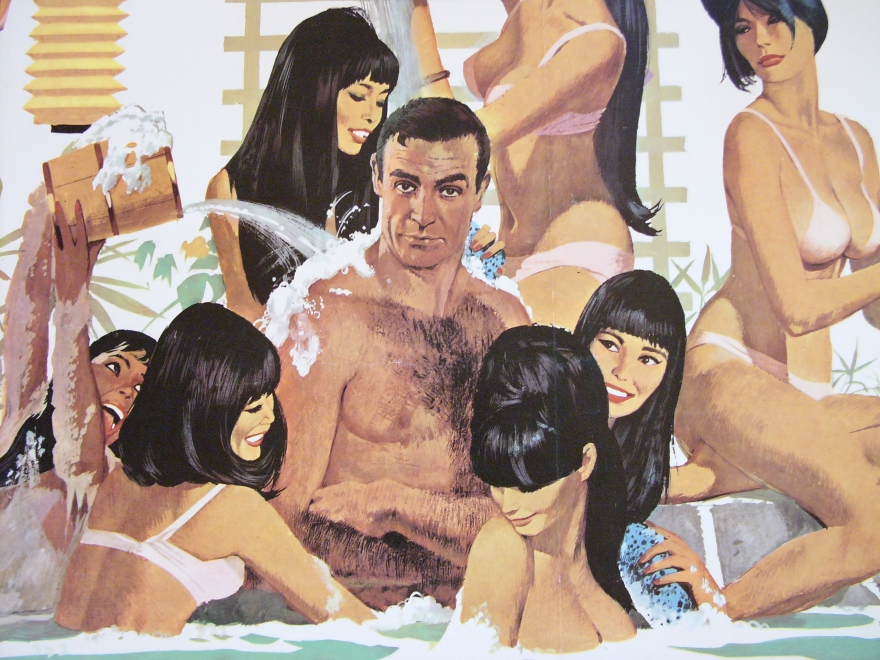
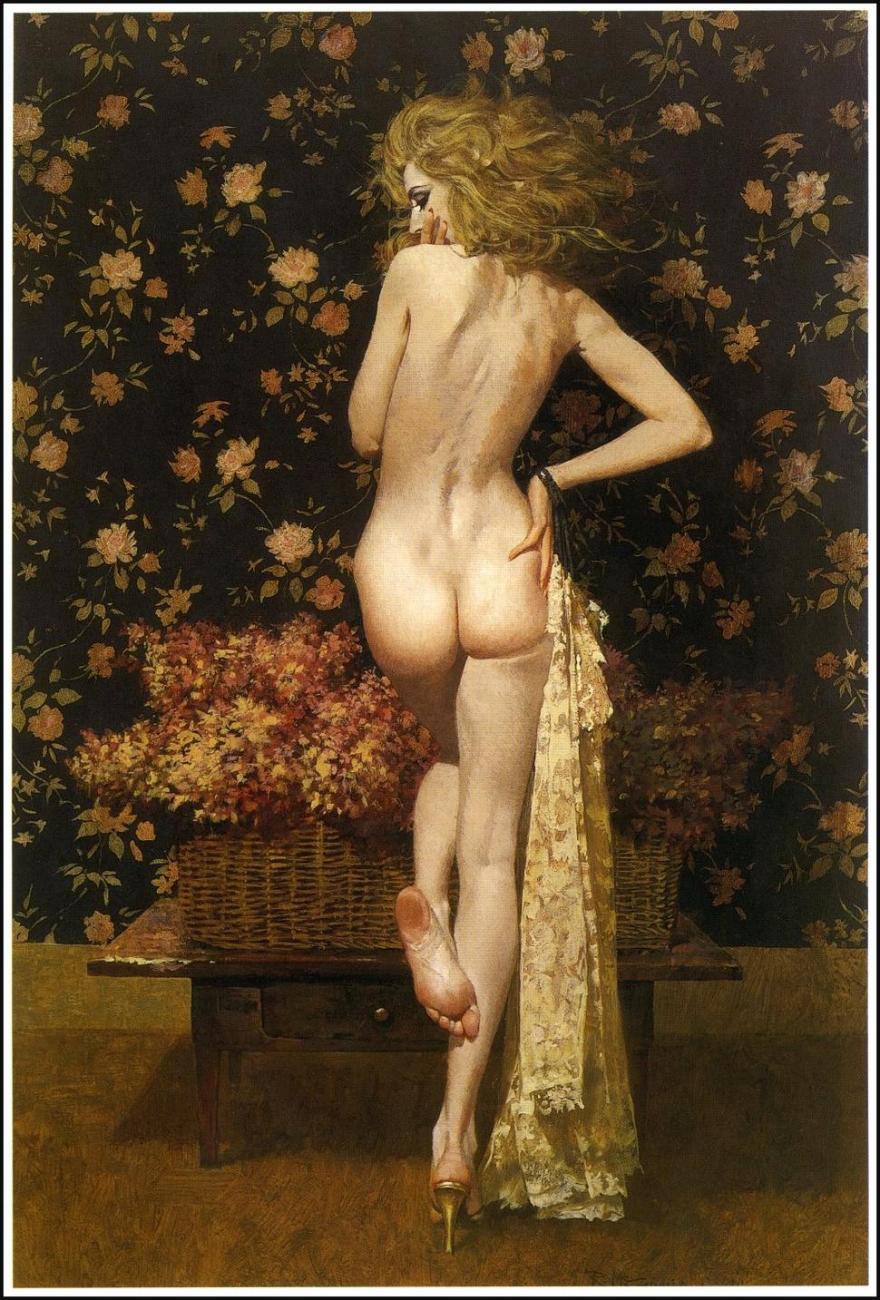
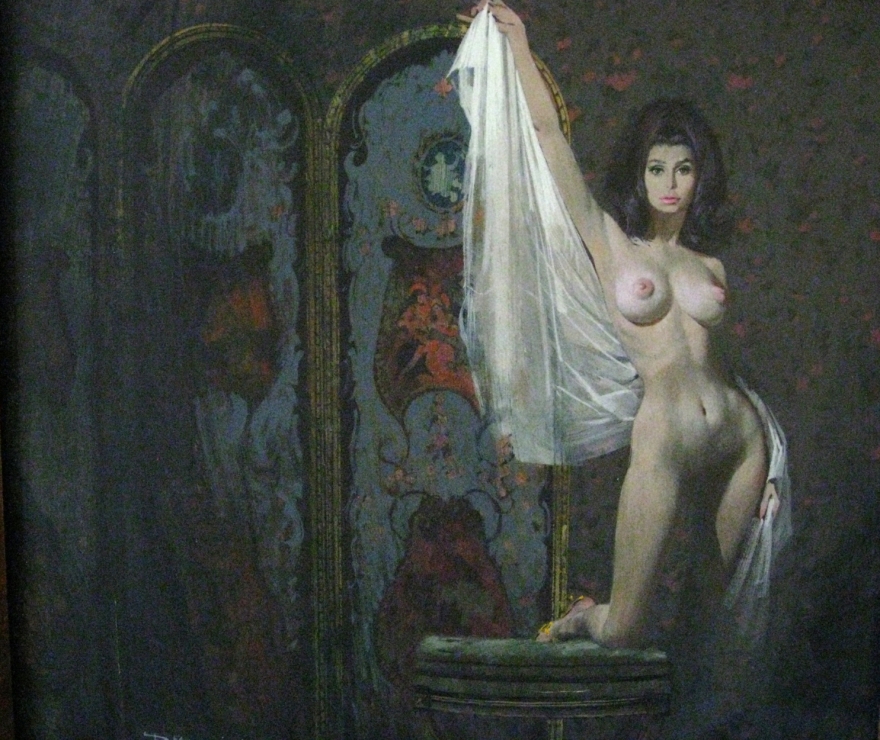
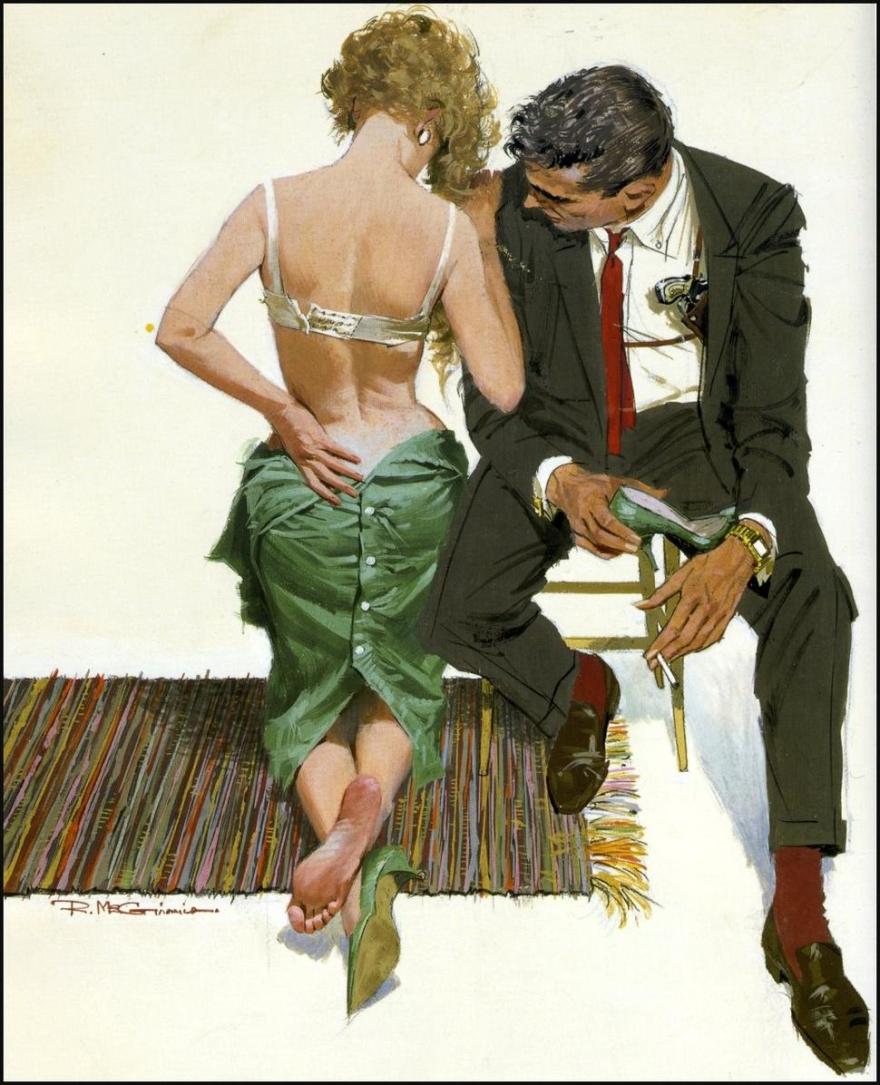
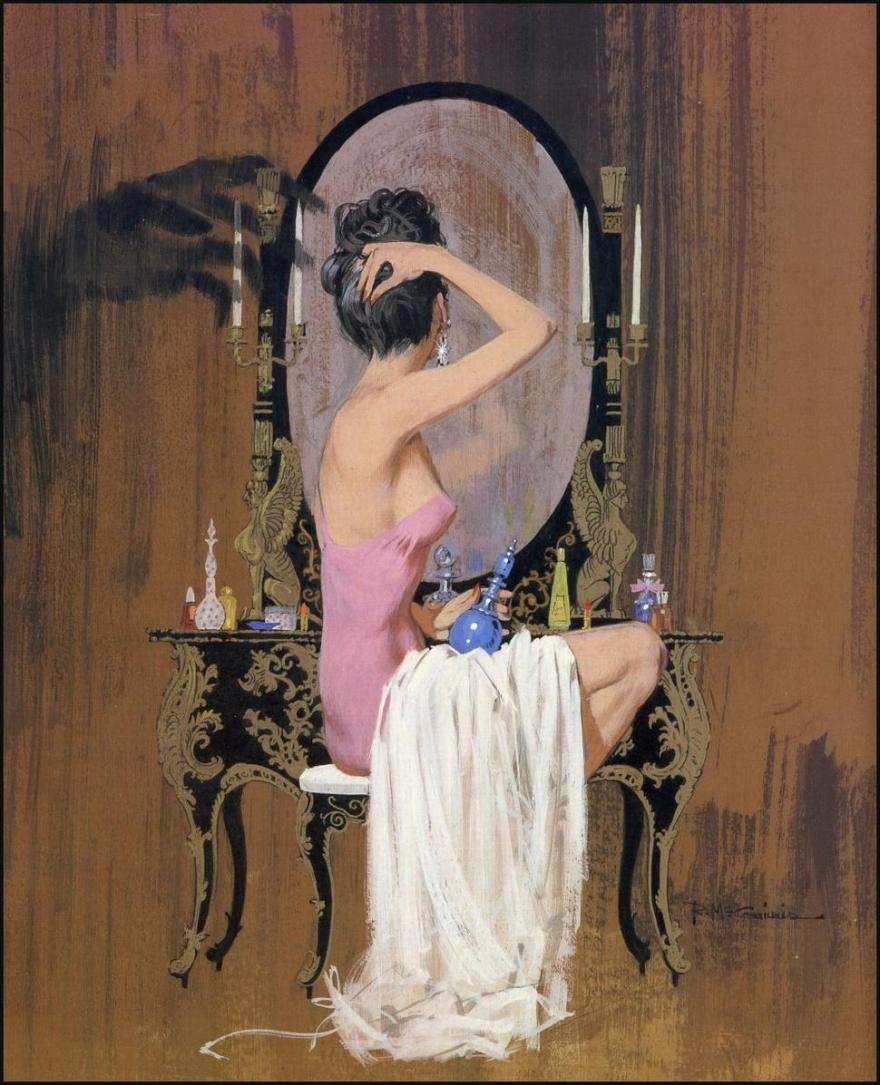
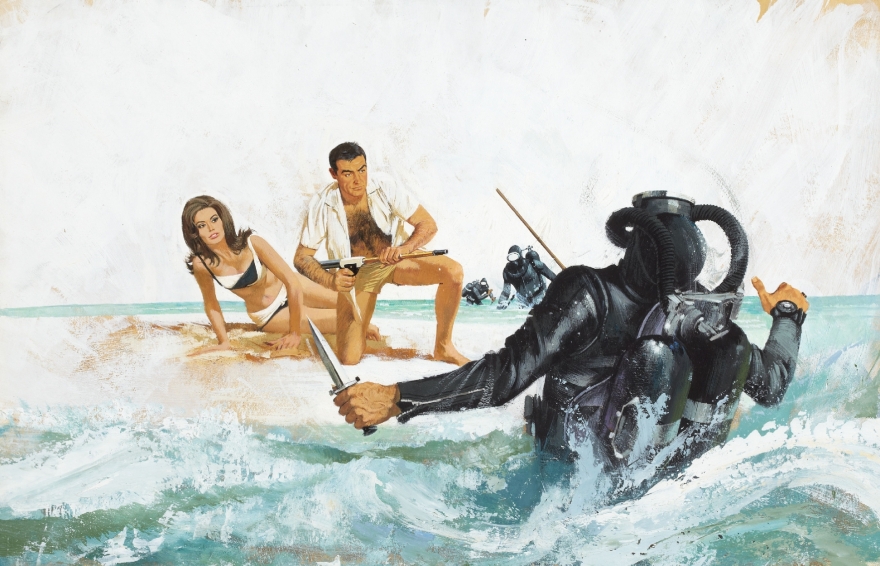
Robert McGinnis (born February 3, 1926)is an American artist and illustrator. McGinnis is known for his illustrations of more than 1,200 paperback book covers, and over 40 movie posters, including Breakfast at Tiffanys (his first film poster assignment), Barbarella, and several James Bond and Matt Helm films.
…
Wikipedia
Ted Withers
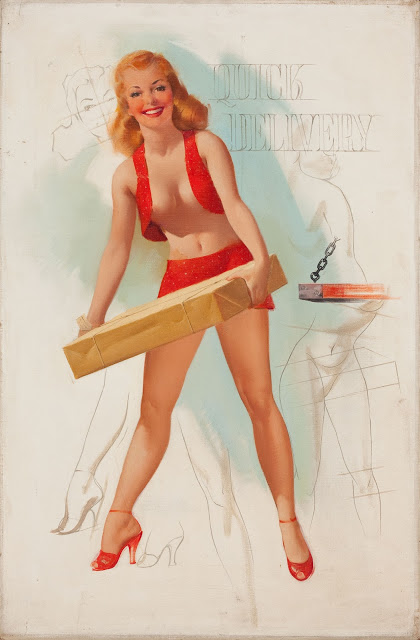
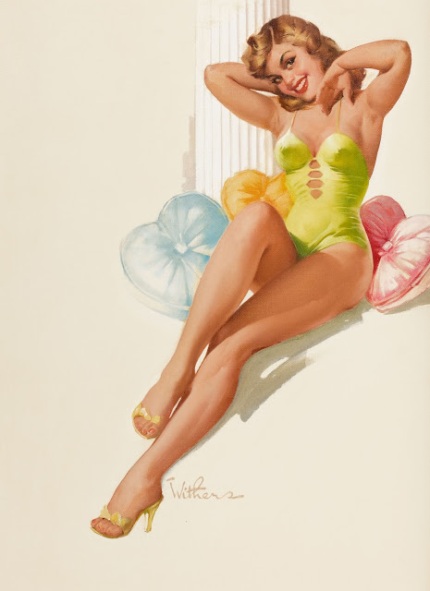
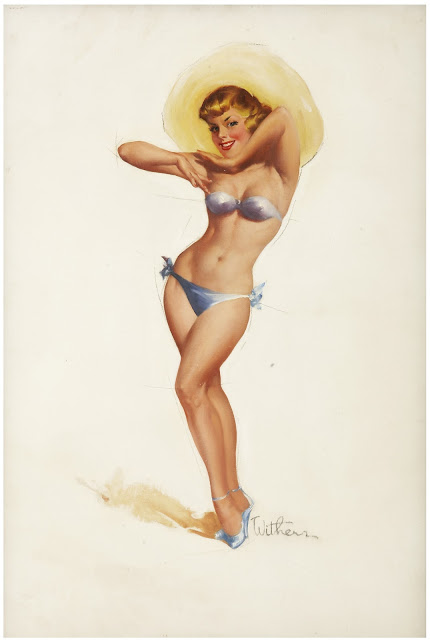
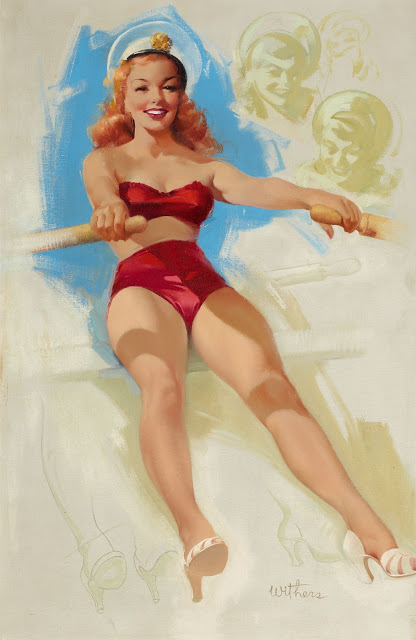
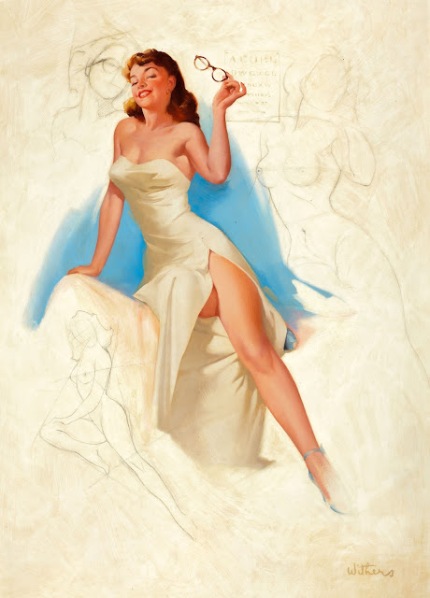
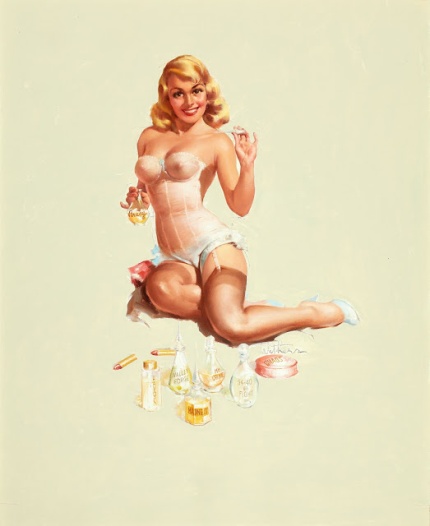
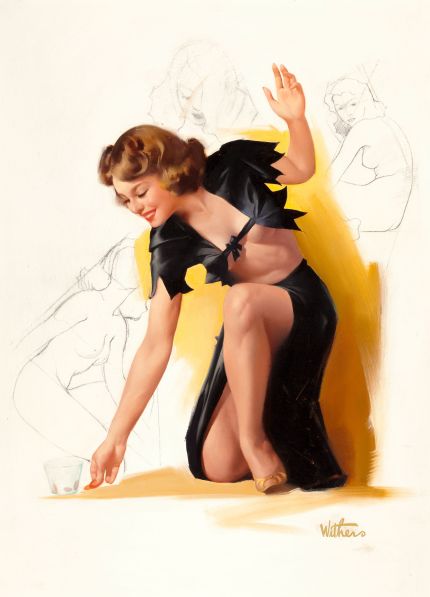
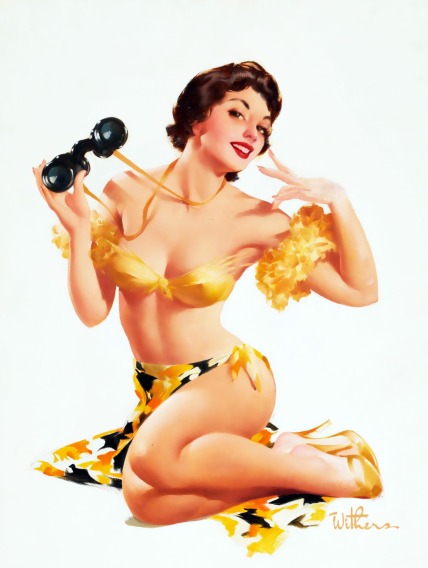
Ted (Edward) Withers was born in Wellington, New Zealand and after studying at Wellington College enrolled at the Royal Academy in London. later Withers studied at the South Kensington School of Art and the Slade School of Art. Further training was undertaken at the prestigious Académie Julian in Paris. Withers was awarded three decorations for his service during World War One where he was stationed in Samoa, Egypt, France, and Germany.
Withers moved with his wife and two children to America in 1924 and worked a series of jobs in Hollywood including celebrity portraits, special effects, and art direction at MGM studios. After a period of time producing fine arts for his own enjoyment Withers took up painting pin-ups and produced numerous calendar girls for Brown & Bigelow during the 1950s. Brown & Bigelow were one of the biggest producers of calendars in the mid twentieth century and at one time were responsible for putting calendars in an estimated 50 million homes.
A distinctive feature of Withers pin up work was the inclusion of half rendered penciled figures alongside his finished portraits.
In November 1950, at his first Brown & Bigelow cocktail party, Withers was talking with Norman Rockwell when Rolf Armstrong and Gil Elvgren arrived. These two pin-up greats were introduced to Withers, who was bowled over when Armstrong praised him as “one of America’s greatest, most versatile painters” and Elvgren, who had a keen interest in photography, added “one of the best photographers in the country”.
In a letter to Brown & Bigelow, Withers once described the view from his Hollywood apartment: “At night I look out on a carpet of jewels composed of neon and street lights, and here I work and am grateful that way over the eastern horizon, you nice people multiply my effort and enable me to live very well indeed”.
Withers continued producing pinups until 1961 and passed away in 1964.
source
Art Frahm
